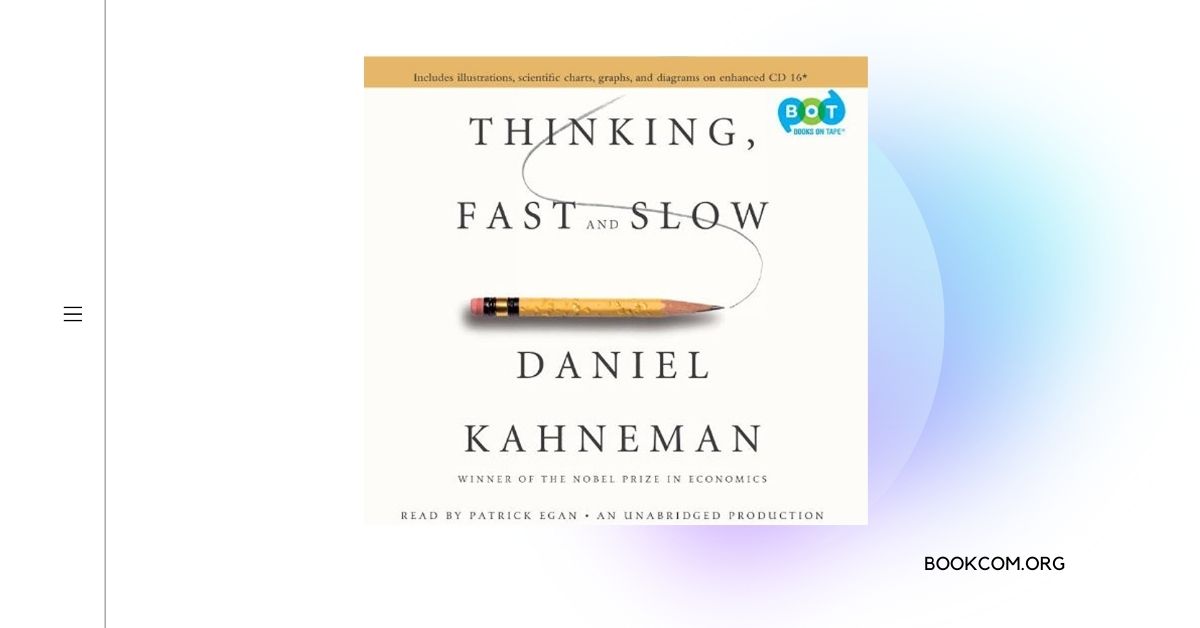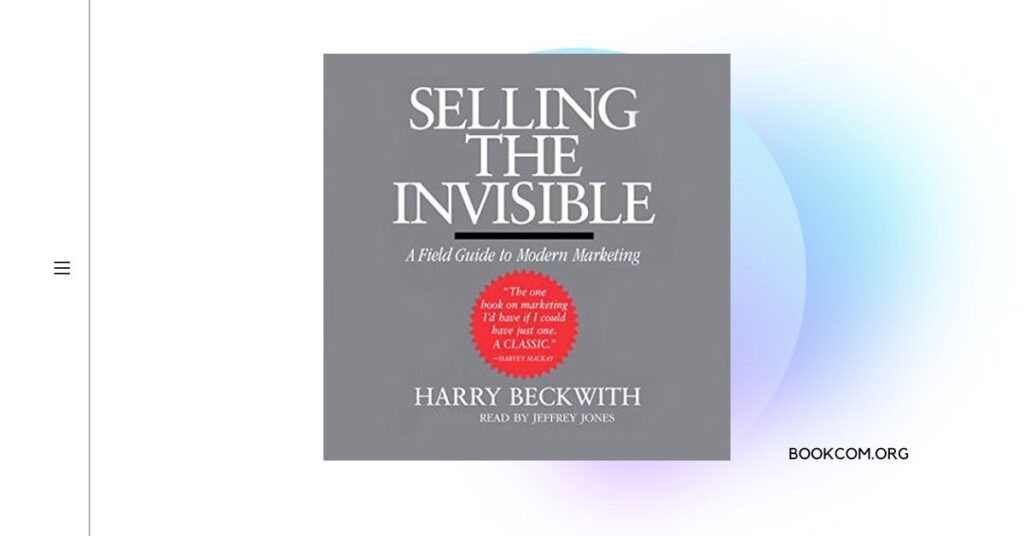“Thinking, Fast and Slow” by Daniel Kahneman is a groundbreaking exploration of human cognition and decision-making. Drawing from decades of research in psychology and behavioral economics, Kahneman presents a comprehensive analysis of the two systems that drive our thinking: the fast, intuitive System 1, and the slow, deliberate System 2. This summary will delve into the key themes, notable experiments, and practical implications outlined in the book, highlighting Kahneman’s insights on the biases, errors, and heuristics that influence our judgment and shape our decisions.
Key Themes
Dual Systems of Thinking: Kahneman introduces the concept of two distinct systems that govern our thinking processes. System 1 operates automatically, quickly, and intuitively, while System 2 engages in slow, deliberate, and effortful thinking. Understanding the interplay between these systems is crucial for comprehending human decision-making.
Cognitive Biases and Heuristics: The book explores the various cognitive biases and heuristics that lead to systematic errors in judgment. Kahneman examines phenomena such as confirmation bias, availability bias, anchoring, and loss aversion, shedding light on how these biases impact our decision-making and often lead to irrational choices.
Prospect Theory: Kahneman introduces prospect theory, which explains how individuals assess and make decisions under conditions of uncertainty. He discusses the framing effect, reference points, and the impact of losses and gains on decision-making, challenging traditional economic models that assume rational behavior.
Judgment and Decision-Making: The book delves into the ways in which individuals form judgments and make decisions. Kahneman explores topics such as overconfidence, intuitive prediction, decision fatigue, and the influence of emotions on our choices, providing insights into how these factors shape our perceptions and actions.
Notable Experiments
Anchoring Experiment: Kahneman and Tversky conducted an experiment where participants were asked to estimate the percentage of African countries in the United Nations. By randomly spinning a wheel with numbers beforehand, they demonstrated how anchoring—having a reference point—influenced participants’ estimates, showing the impact of irrelevant information on judgments.
Availability Heuristic Experiment: Kahneman explored the availability heuristic by asking participants to judge the frequency of words that begin with the letter “k” either as the first letter or the third letter. Participants tended to overestimate words that began with “k,” demonstrating how the ease of recall influences our judgments and assessments.
Loss Aversion Experiment: In studies on loss aversion, participants were presented with scenarios involving potential gains and losses. The research showed that individuals tend to be more sensitive to losses than to equivalent gains, indicating that the fear of loss often drives decision-making more strongly than the pursuit of gains.
Framing Experiment: Kahneman conducted experiments to explore how the framing of information affects decision-making. By presenting the same scenario with different frames, he showed how individuals’ preferences can be influenced by the way options are presented, highlighting the impact of framing on decision outcomes.
Practical Implications
Awareness of Biases: “Thinking, Fast and Slow” emphasizes the importance of being aware of cognitive biases and heuristics that can lead to errors in judgment. By recognizing these biases, individuals can engage System 2 thinking and make more rational and informed decisions.
Deliberate Thinking: The book highlights the value of slow, deliberate thinking in complex situations that require careful analysis. By engaging System 2 thinking, individuals can overcome impulsive and intuitive biases and arrive at more accurate and thoughtful decisions.
Decision-Making Strategies: Kahneman offers strategies for improving decision-making, such as considering multiple perspectives, seeking diverse opinions, and actively challenging assumptions. These approaches can help mitigate biases and enhance the quality of decisions.
Understanding Human Behavior: The book deepens our understanding of human behavior and decision-making processes. It sheds light on why individuals often deviate from rationality and provides insights into the complexities of human cognition, emotions, and judgments.
Also read:
Book review: Thinking, Fast and Slow” by Daniel Kahneman
For more information about the book, you can visit:



